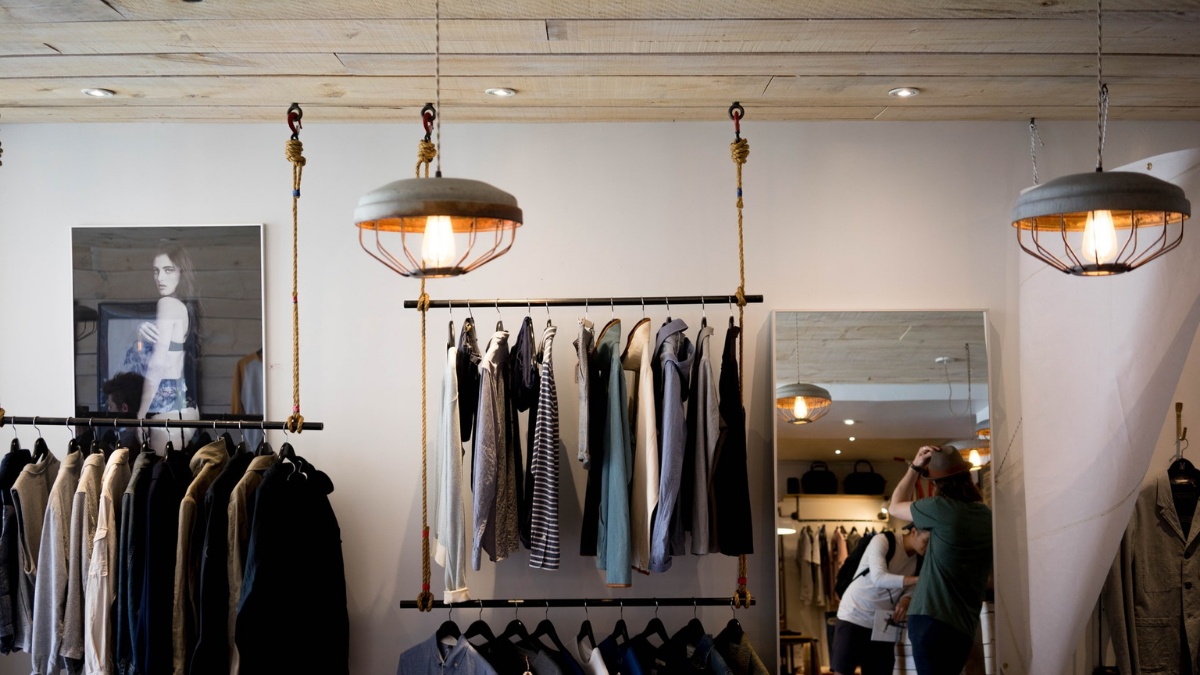With brick-and-mortar sales decreasing and e-commerce sales increasing, retailers should be looking to implement new methods and technologies to keep their physical stores relevant and productive.
Baldeep Gill is the newly appointed CEO of Aisleplus, a service ecosystem dedicated to helping physical retail stores connect with the digital world.
While Mr Gill believes that the physical store is “not dead” he still thinks that storefront shops are facing challenges.
“Consumer expectations are continuing to grow,” he says. “With the introduction of the online, the role of the physical store has changed, along with its relevance in the life of a consumer.”
The push away from the traditional retail store is thought to have come from convenience given to customers through digital means.
Mr Gill explains how retailers should be “connecting the online and the offline” to increase sales in physical stores, giving the example of creating a physical shopping basket at a physical store and having its contents also be put in a digital shopping basket.
“Connecting the online and the offline is a pathway that will be fruitful because you remove the customer’s opportunity to opt-out of a sale.”
Mr Gill also encourages retailers to assess the productivity of their physical stores, including how much they’re paying for rent and wages.
He says that it is important stores are getting the same financial returns from the physical space as they once did.
“From a productivity perspective, a lot of it comes down to how stores use space,” he says.
“For example, if you were to go into an average store today, they will have anywhere from 10-25 per cent of the space allocated to the point of sale (POS) terminal. Physically, they should repurpose the POS space, and spread it throughout the store as part of existing displays. Now, they can make their transactions anywhere, and repurpose 25% of the store.”
Having recently worked in Business Intelligence and Operations at Amazon, Mr Gill is eager to implement digital technology into the physical shopping experience, championing immersive technologies to do so.
“Create an immersive environment that extends beyond the physical limits of your store,” he says. “If you can create an experience for the customer in digital form, they are able to engage with the product and understand what they pick and see.”
The Kmart KBot
On Tuesday, Kmart released the KBot – Australian developed Augmented Reality (AR) technology to help Kmart customers see how homewares products look in their own homes.
The KBot also uses conversational artificial intelligence (AI) powered by Oracle’s Digital Assistant to provide information about product dimensions, features and recommendations of complementary products.
Kmart’s Head of Digital Melissa Wong has said it has “truly changed” the way the company engages with customers.
“The immersive AR and AI experience was designed to bring joy and inspiration to our customers’ lives, and with extra help from our AI chatbot personality – KBot assist – we have been able to make shopping easier for customers by sprinkling delight across the customer journey,” said Melissa Wong, Head of Digital, Kmart.
Currently the software is available online for AR supported Apple or Android devices and operating systems.
Keep up to date with our stories on LinkedIn, Twitter, Facebook and Instagram.

